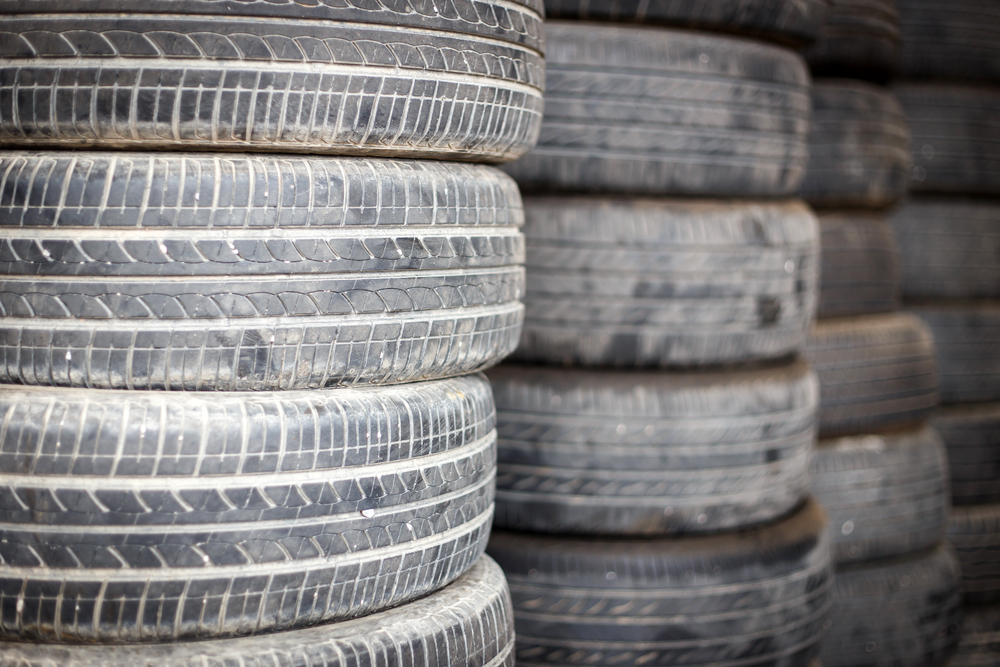Distinguished by their bold stance, staggered tires hold a name that perfectly sums their performance, i.e., staggering.
Staggered tires can also be referenced as the staggered set-up. In these, the rear and the front tires are not of equal size. They are different in terms of sizing.
With a significant majority, staggered tires mostly have their rear tires with broader width. At the same time, the front tires are commonly narrower. This could also be the reason why your rear tires are wearing out much faster.
Staggered setup is a common sight among hot rodsStaggered tire setting is usually applied in sports cars to achieve enhanced handling, cornering, stability and traction. The improvements are specially made to work on dry pavements.
Square tire setting, on the contrary, means that the tires are of the same size on all four sides of the vehicle. This carries a bunch of benefits for the driver, which include reduction of understeer and balanced handling for most of the performance vehicles.
The choice between these setups depends entirely upon what you want, your car, your driving style, and your usage. There are some benefits which the squared setup harbours, i.e., longer tread life and some which the staggered setup can be host to.
Each wheel location experiences different rates and types of wear. In a front-wheel-drive vehicle, the front tires are subjected to additional torque and friction force when turning, accelerating, or braking. This leads to increased wear.
With regular tire rotation, you can extend the wear life on your tires by promoting even wear. Having even tread wear can also improve traction and handling performance, giving you a smoother ride and increasing your safety.
However, this might not be as easy when it comes to staggered tires. In most vehicles which the staggered tires are applied on and those which come in stock with the car, the manuals advise against it. But ending up using only half a tire would be a devastating experience as well.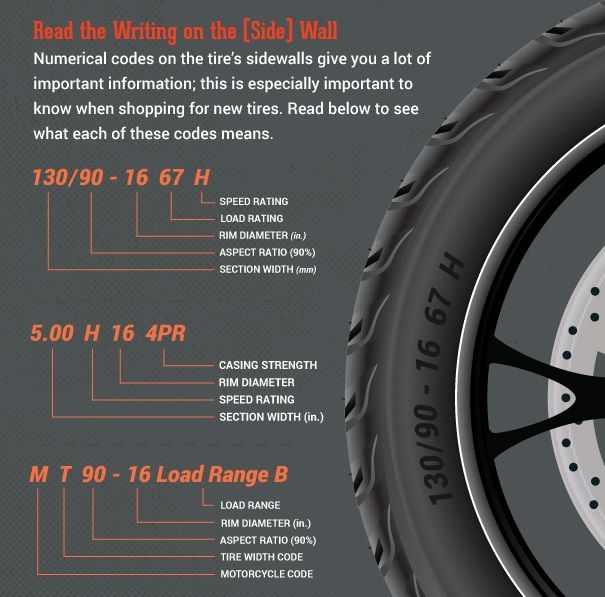
Therefore, no matter how much limited the possibilities might be if they can be rotated and aren’t directional, they should be done so.
But this does translate to frequent mounting and dismounting and, if not done correctly according to the tires, complete replacement. Rotating them might not be cost-effective but it is worth it in the long run.
Rotating tires in a staggered setting can get tricky. Considering that they aren’t directional tires, they can be turned from the right to the left side of the same axle. On the sidewall, they’ll be designated as such, usually with an arrow pointing toward the front of the car.
Nevertheless, you still wouldn’t be able to do that from the back to the front. Unlike square tires, staggered tires cannot be rotated in all directions. Staggered tires can only be turned sideways.
Although different for various tire sizes, the rear tires wear out faster than the front tires in most setups.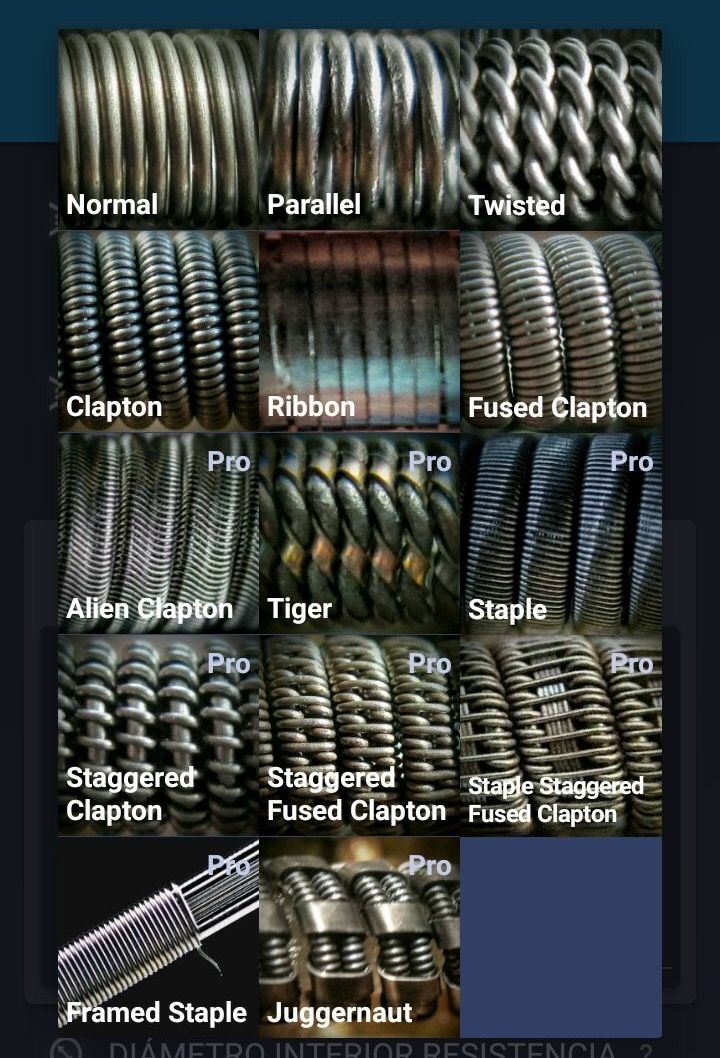 Additionally, doing so will require the mounting and dismounting of tires, which will eventually rip you a nice hole in the pocket.
Additionally, doing so will require the mounting and dismounting of tires, which will eventually rip you a nice hole in the pocket.
You will have to go through the replacement of tires now and then eventually. This is especially true for mighty rear-wheel-drive vehicles. In this case, the safest thing to do is to replace all four tires, even if the front tires are still in good condition. Staggered tires do not allow front-back rotation as it would lead to severe traction loss.
Different tires come with specific miles at which staggered tires should be rotated. Still, on average, staggered tires should be rotated at 5000-10,000 miles to promote even wear and conserve the handling and cornering capabilities.
On average, staggered tires last for 30,000 miles, whereas some premium brands can go as far as 50,000 miles. We suggest you change your tires as soon as they wear to 2/32. This will ensure the prevention of any accidents or mishaps associated with loss of tracking during cornering as a prologue.
Rotating your tires can seem like a drag, both to your time as well as your bank. But many times, if only so the tires can keep delivering a “staggering” performance, rotating them would do loads of good. Here, we have listed a few reasons as to why you should rotate your tires:
Staggered tires wear much faster than tires in the square setting because of more traction associated with higher speeds. With a regular rotation of tires, your tires wear evenly.
We suggest you rotate your staggered tires every 5000-10,000 miles so you don’t keep driving with uneven tires. This not only reduces your tire’s life but also puts you at risk of losing control.
By rotating your tires regularly, you can prolong your tires’ life up to a significant extent. By promoting even wear and rotating tires, your vehicle performs better and gives you extra miles on that staggered set. This can save you a few extra bucks and make sure your car enthusiasm doesn’t burn down your bank.
With regular tire replacement, you can reduce the workload of the vehicle. This results in uniform wear, allowing you to have superior traction, cornering, handling, and fuel efficiency.
Car maintenance is key if you want to keep your car’s wheels on the road for a long time and in proper working order. As such, having the proper tire pressure is important as is having the tires rotated every so often. But what if your car has a staggered tire setup? Can they be rotated?
A staggered wheel setup is when the rear tires are wider than the front tires and in some rare exceptions, the opposite. Some of the most popular cars that you’ll find with staggered wheel setups include the Chevrolet Corvette, Ford Mustang, BMW M3, Porsche 911, and the Honda S2000. In these platforms, a staggered setup is used for better handling characteristics.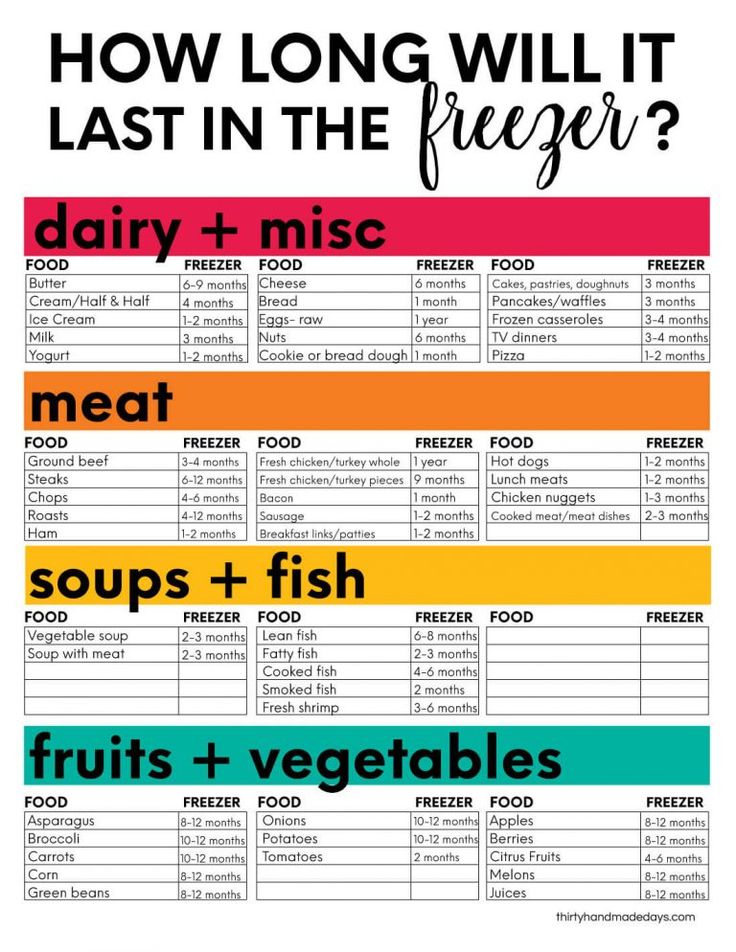
Additionally, a car with a higher horsepower rating and a rear-drive configuration needs more grip in the rear tires, thus having more of a contact patch across the rear axle is necessary.
A tire rotation is when you move the car’s tires from one spot on the vehicle to another in order to extend the life of the tires, reports Discount Tire. By rotating, or changing the position of the tires, the tire tread on each one will wear down more even throughout each tire’s lifespan. Regular tire rotations can also prevent the tires from uneven wear, tire noise, and poorer ride quality. Additionally, not rotating your car’s tires can even void its manufacturer’s warranty.
Rotating tires on a front or rear-drive setup is really easy as you mainly need to move the front tires to the rear (FWD) and vice versa (RWD).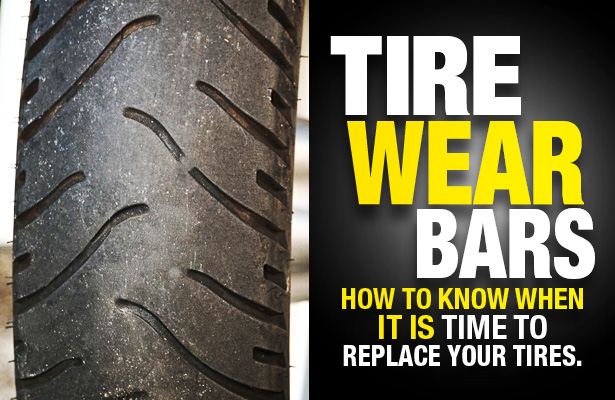 On four-wheel and all-wheel-drive applications, you need to rotate the tires in an “X” configuration, rotating the front driver’s side to the rear passenger side and vice versa.
On four-wheel and all-wheel-drive applications, you need to rotate the tires in an “X” configuration, rotating the front driver’s side to the rear passenger side and vice versa.
Yes, but only the tires on the same axle can be swapped. For example, the two rear tires will need to swap places straight across, as do the front ones. It only works if the tires are not directional. If they are directional, then the tires will need to be unmounted from the wheels and then swapped over. It’s a bit of a hassle, but it can be worth the added cost if it means keeping your car’s tires in good shape for many miles.
If your car has a full-size spare tire, then you can add it to the rotation of the other tires. However, if your car has a half-size (donut) spare tire, then don’t rotate it in.
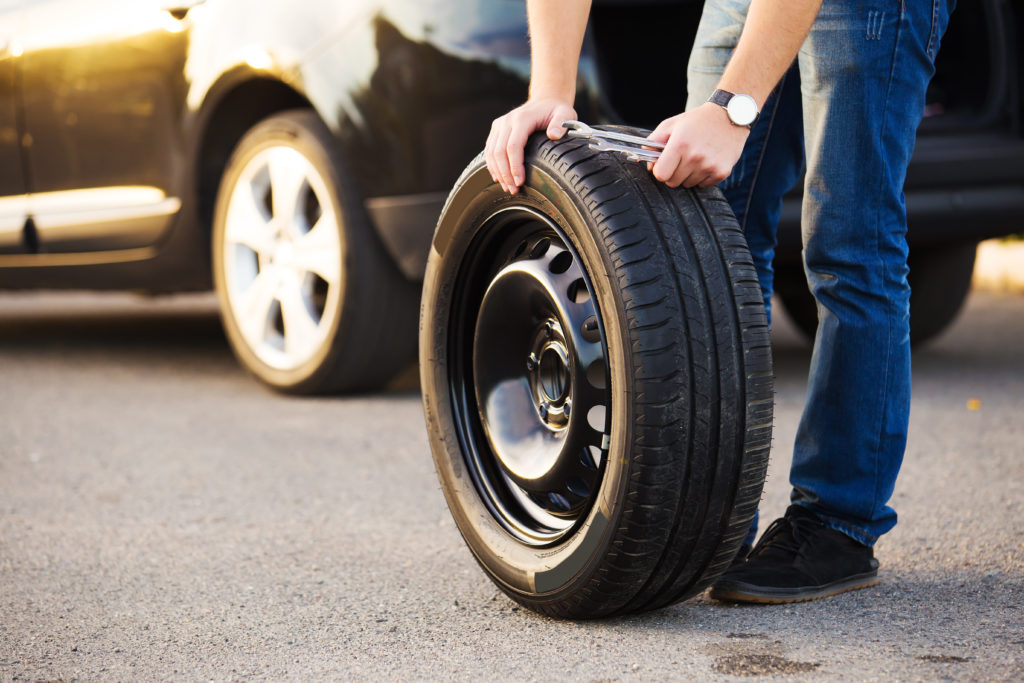 | (Photo by Wolfgang Kumm/picture alliance via Getty Images)
| (Photo by Wolfgang Kumm/picture alliance via Getty Images)Related
While the intervals between tire rotations can vary depending on the type of car that you drive, how much you drive, and what kind of roads you drive on, there is a general time period to rotate them. Discount Tire recommends rotating your car’s tires every 6,000 to 8,000 miles or every other oil change. If your car’s tires are showing signs of uneven wear, then you may want to have them rotated more frequently.
Maintaining your car’s tires is an important part of the overall car care process. If want them to last as long as possible, remember to rotate them. After all, they are the only things connecting your car to the road that you’re driving on.
Consumer disputes over the age of tires have not subsided for several seasons. Buyers are excited that the warranty period for tires is limited to 5-6 years according to GOST, and after the expiration of this period, the rubber becomes unusable.
Is this really the case, read this article.
Manufacturers of most brands on their products set Shelf life is 5 years and service life is also 5 years .
The shelf life of a tire is the period during which it retains its performance when properly stored.
The end of this period does not mean that the tires have become unusable . A shelf life of 5 years is given by manufacturers because, by law, they cannot set a shelf life higher than the service life. Tires over 5 years of storage cannot be called damaged or defective, their technical characteristics may be slightly reduced. American researchers argue that the period of storage of "shoes" must be at least 10 years. Experts from Germany are sure that it cannot exceed 6 years. nine0003
The expiration date of tires is the warranty period during which the manufacturer is responsible for the quality and condition of the tire if it was used for its intended purpose without violating the operating rules.
According to Russian legislation (GOST 5513, GOST 4754-97) , the service life of tires is 5 years from the date of manufacture.
How can I find out the date of manufacture of tires? nine0010
You can find out the age of tires by a special DOT code. Tires manufactured after 2000 in the DOT code contain two pairs of numbers, where the first pair indicates the week number of the year, and the second pair indicates the year. Earlier tires before 2000 have 3 numbers in their composition, where the first two digits are the week number, and the last one is the year (see the transcript in the photo).
Determination of the average shelf life of a tire according to GOST and operating conditions. nine0010
- The symbol ZR denotes tires for high-speed cars. They are recommended to be used at speeds over 240 km/h. up to 6 years
- Tires with the H symbol are used at a maximum speed of 210 km/h. within 5 years.
- The sign S symbolizes the maximum permissible speed of 180 km/h. and operational period of 4-5 years.
Most tire manufacturers do not agree that tire life is limited to 5 years. Each company has its own opinion on this matter. We analyzed several of them and the information they posted on their official websites. nine0003
Michelin
The French tire manufacturer Michelin has become famous for its active fight against the perception of the rapid aging of tires as a perishable product. Her information campaign "Tires Are Not Bananas" created a lot of noise in the automotive environment. According to the representative office, several test trials were carried out in Saudi Arabia, South Korea and Germany. As a result of testing, no difference was found between new tires and tires stored for 3 years. They were tested for various characteristics such as rolling resistance, high speed durability, etc. Tires with a year life were approximately equal in performance to 10-year unused tyres. nine0003
Tires with a year life were approximately equal in performance to 10-year unused tyres. nine0003
Michelin focuses the attention of car owners on the fact that tires are not a perishable product, their shelf life is not as important as the service life is important, starting from the date the tires are installed on the rims. It is from this moment that the tire is subjected to all tests: pressure, temperature changes, wear, contact with uneven and sharp coatings, etc.
Continental
On the Russian official website of Continental, we found the following information on the expiration dates of tires. nine0003
“When a tire is stored in the correct position and under the recommended conditions, it will not lose its original balanced performance for 5 years from the date of manufacture of the tire.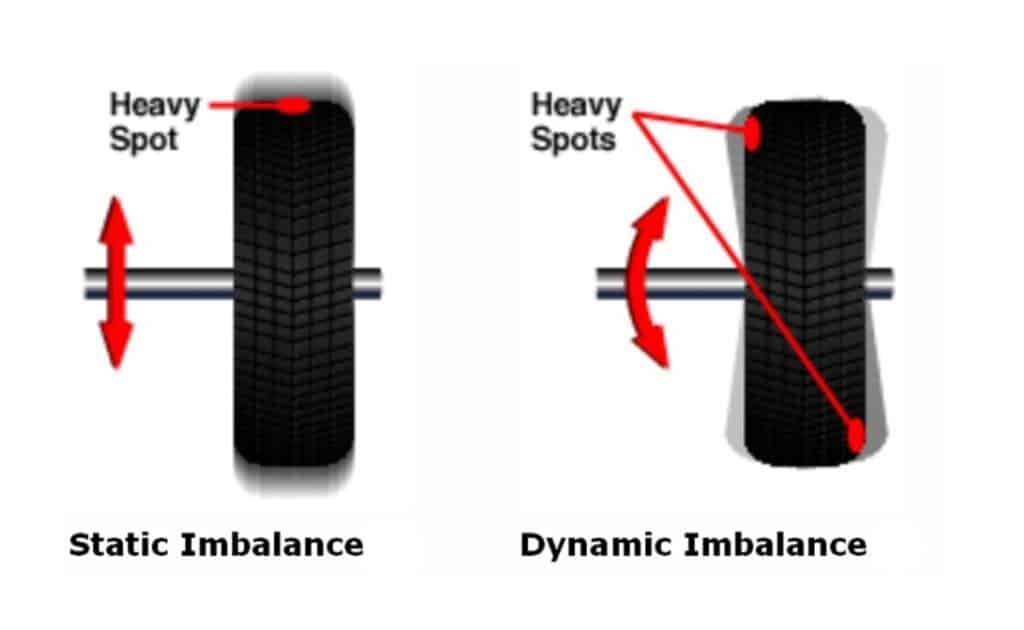
A properly maintained, unused tire less than 5 years old can be sold as a new tire and used normally.
Continental recommends replacing all tires (including spares) with a sidewall date greater than 10 years. nine0003
Nokian
The following information is posted on the Nokian official website:
“Tire life is not defined by law, but tires can only be considered “new” if they have been manufactured within the last five years. The recommended service life of tires is six years and the recommended maximum period is 10 years.
The opinion of our specialists, based on many years of experience, coincides with the opinion of manufacturers: the shelf life is 5 years + the service life is up to 10 years. Moreover, more "adult" tires, in our opinion, are of better quality. nine0003
To keep tires as long as possible, they are stored in compliance with all rules and recommendations. The main condition is a cool, ventilated, darkened room away from oils, paints, ozone, and heat sources.
Rubber products tend to lose their performance over the years. To prevent and slow down this process, manufacturers add polymers to the rubber compound. They prevent oxidative processes that occur due to the interaction of protectors with oxygen and ozone. nine0003
The following are the main conditions for the proper storage of tires in accordance with GOST 24779-81:
Maintaining a constant regime without sudden jumps, slight temperature fluctuations from -30°С to +35°С are allowed;
Provide a low humidity level of 50-80% in a dry, ventilated cool room;
Avoid direct sunlight, use darkened hangars, shield heat sources; nine0003
Keep away from sources of heat;
Tires should not come into contact with corrosive, copper materials.
Avoid kinking, loading or positioning on an uneven surface.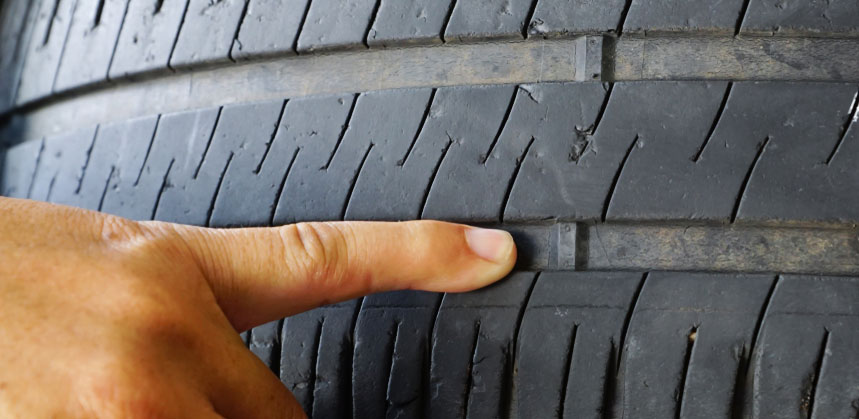
Avoid contact with oils, organic solvents, acids, alkalis, fuels and lubricants on the tire surface. It is forbidden to lay tires on a wet and dirty surface. nine0003
In the warm season, when storing tires outside, they should be covered with light-tight material and raised above ground level to ensure ventilation and prevent the occurrence of the greenhouse effect.
Storage on reflective, light and heat absorbing surfaces is prohibited.
Keep away from chemicals, oils, paints, open flames, electric motors that produce ozone. nine0003
Used tires must be washed and dried.
Tires without rims should be stored upright.
The service life depends on many factors: the load on the car, the quality of the roads, the driving style, the distance traveled, tire damage, etc. To increase their service life, follow these rules: nine0003
Check tire pressure every 2-3 weeks. With reduced pressure, tire wear increases by the equivalent of a % reduction. For example, a 15% reduction in pressure can result in a 15% reduction in service life. Inflated tires are less scary.
With reduced pressure, tire wear increases by the equivalent of a % reduction. For example, a 15% reduction in pressure can result in a 15% reduction in service life. Inflated tires are less scary.
The wear of the front tires is always significantly higher than the rear ones, so it is recommended to swap them after some time, carefully watching the direction of the tread pattern and the direction of rotation. nine0003
Proper alignment of tires in relation to rims. If the direction is not the same, then performance is significantly reduced.
To prevent damage to the sidewalls of tires, avoid close proximity to curbs and high ledges.
Wash off dirt from the surface of the rubber and from deep grooves with special cleaning agents. nine0003
Adhere to an even driving style without harsh brakes and quick starts.
Do not overload the car beyond the norm.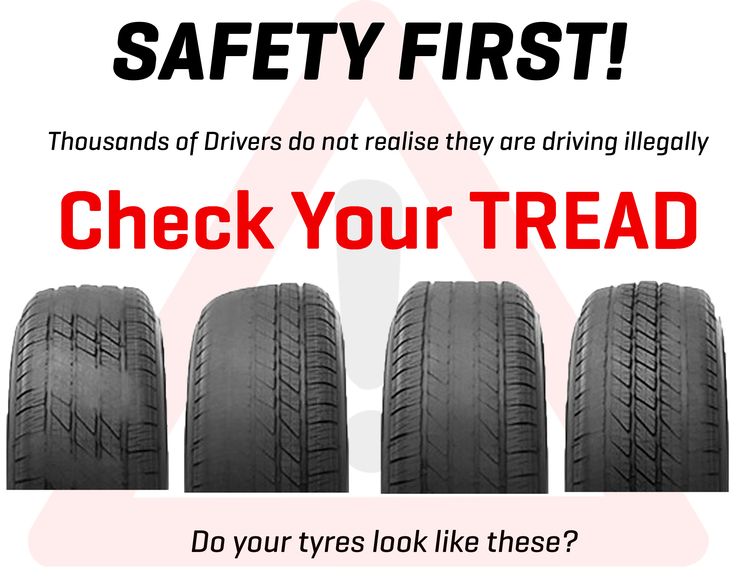 20% excess weight leads to a 30% loss of tire life.
20% excess weight leads to a 30% loss of tire life.
Keep the wheels balanced and check the alignment angles annually.
The main condition for a long tire life is:
- high quality products,
- careful operation,
- proper storage of tires in the off-season,
- timely diagnosis.
The age of tires in standard storage is a minor non-determining factor that should not be taken into account when buying them.
Previous article Next article
How do you know when tires are completely worn out and it's time to change them? Everything is simple. For summer tires, the limit is 1.6 mm of residual tread depth, and for winter (or all-season, used in winter) - 4 mm. Modern summer tires can cover from 40,000 to 70,000 km depending on driving style and vehicle characteristics.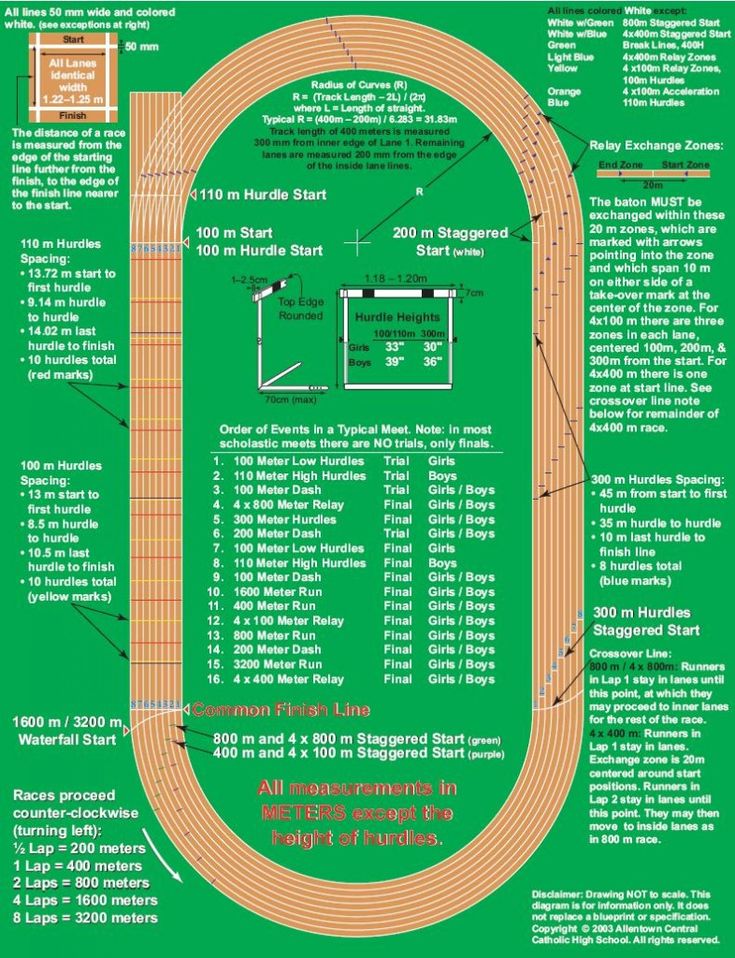 An average motorist rolls such a mileage on summer tires in 2-3 seasons. Moreover, wear implies not only a decrease in tread depth. For millions of cycles of deformation, the strength of the carcass and its adhesion to the layers of the rubber compound are violated. In short, every 2-3 years you should buy a new set of tires. nine0003
An average motorist rolls such a mileage on summer tires in 2-3 seasons. Moreover, wear implies not only a decrease in tread depth. For millions of cycles of deformation, the strength of the carcass and its adhesion to the layers of the rubber compound are violated. In short, every 2-3 years you should buy a new set of tires. nine0003
In case of irreparable damage to one of the tires and a relatively high total mileage of the kit, it is also worth considering replacing it. Well, or about buying at least a pair of new tires, which, for any type of drive, should be installed on the front axle. We put two tires back - the most decent of the remaining ones.
Many motorists drive only a few thousand kilometers a year. This does not mean that the tires will serve you for several decades. According to Russian requirements (GOST 4754-97), the service life of passenger car tires is 5 years from the date of manufacture. And for example, Continental recommends that all car tires (including the spare tire) older than 10 years old should be replaced with new ones.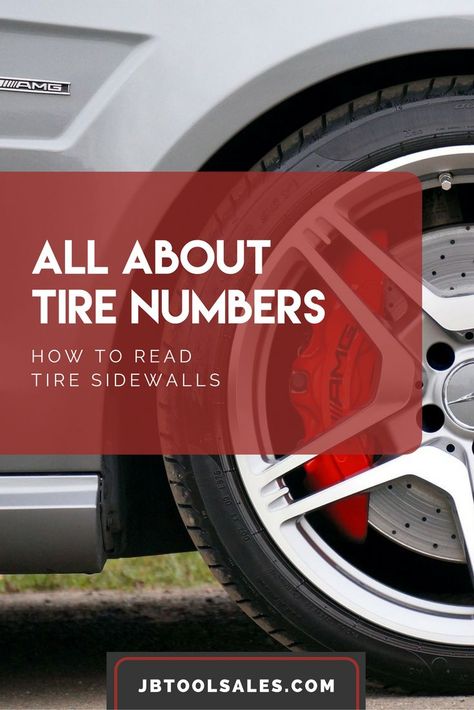 Therefore, with small runs, you can navigate for ten years. The date of manufacture of the tire is indicated on the sidewall. Usually it is an oval with four numbers. The first two are the ordinal number of the week in the year, the last two indicate the year.
Therefore, with small runs, you can navigate for ten years. The date of manufacture of the tire is indicated on the sidewall. Usually it is an oval with four numbers. The first two are the ordinal number of the week in the year, the last two indicate the year.
Related materials
How to change the car yourself - detailed instructions
Tires should be rotated periodically in accordance with the vehicle manufacturer's recommendations - information on this can be found in the owner's manual.
We can advise you to carefully use the tires and, most importantly, to store them correctly in the off-season. First of all, during storage, it is important to exclude direct sunlight from hitting the tires, which greatly age the rubber. Tires without rims should be placed vertically, and stacked on rims. nine0003
And before installing tires on a car at the beginning of the season, evaluate their condition. There should be no cracks in the tread and sidewalls. The tire should not be dry, it should remain rubbery and not look like baked plastic.
There should be no cracks in the tread and sidewalls. The tire should not be dry, it should remain rubbery and not look like baked plastic.
Related materials
Driving on badly worn tires - will I be fined or not?
Winter tires have a much shorter life span. They almost always fail due to the wear of the treadmill, because the tread of a new tire is 7–8 mm, and only 3–4 mm remain working height. If the tires are studded, then with such wear there are very few metal elements left, and the tire will not provide adequate safety when driving on a winter road. However, not only spikes, but also Velcro, with such a degree of wear, also lose most of their capabilities. nine0003
The real life of winter tires rarely exceeds 30,000 km. "Bald" winter tires without studs can be re-rolled in summer, but their grip on hot road surfaces will be very poor. This must be taken into account, especially when braking.